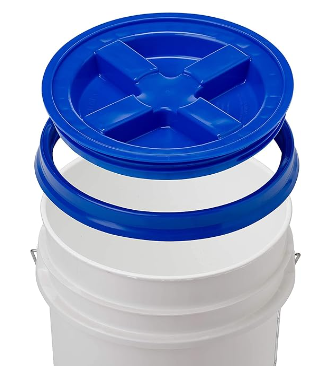redrocker652002
Well-Known Member
On my last batch I had quite a bit of Pilsner malt left over and I hate to just throw it out. It is unmilled so I am guessing it will last a bit longer. My wife has a vacuum sealing machine and I have some grain I have been storing in my closet now for about a year. My question is, are the grains in the closet still ok after being vacuum sealed and stored in a dark place for a year? With my new grains, how long do they generally last using the vacuum sealer? How long would they be good if I just used the seal bag they game in and try and squeeze as much air as I can. In either case, they would most likely be stored in the closet as I have read storing them cold presents issues of loss during defrosting. Any input is welcomed. Thanks




